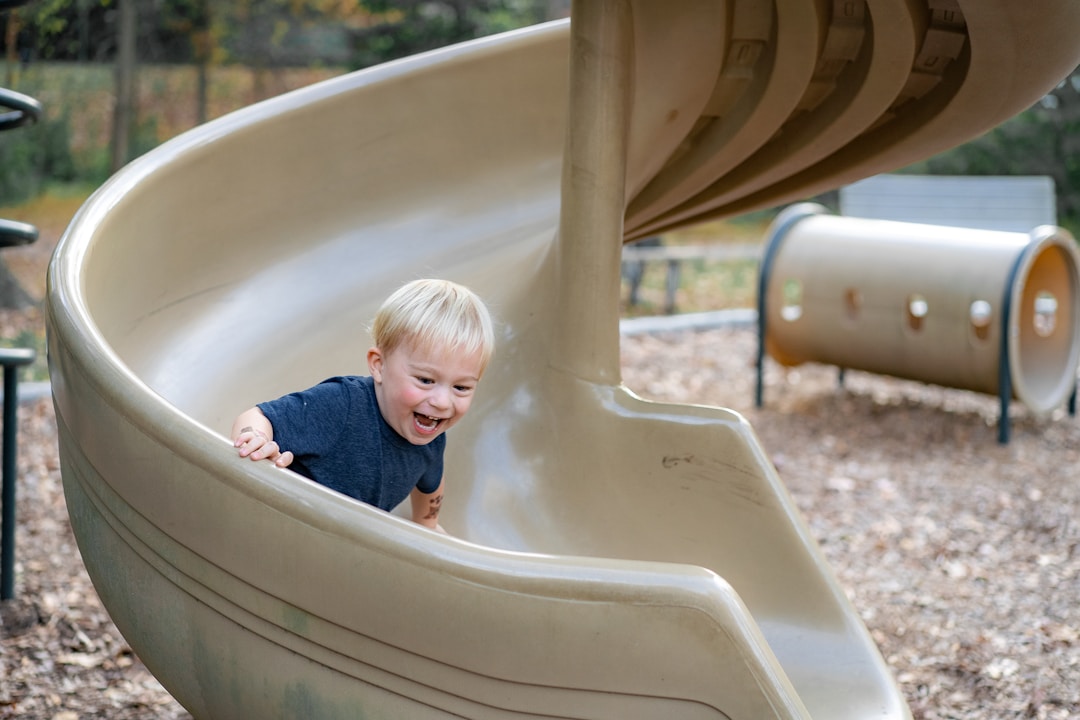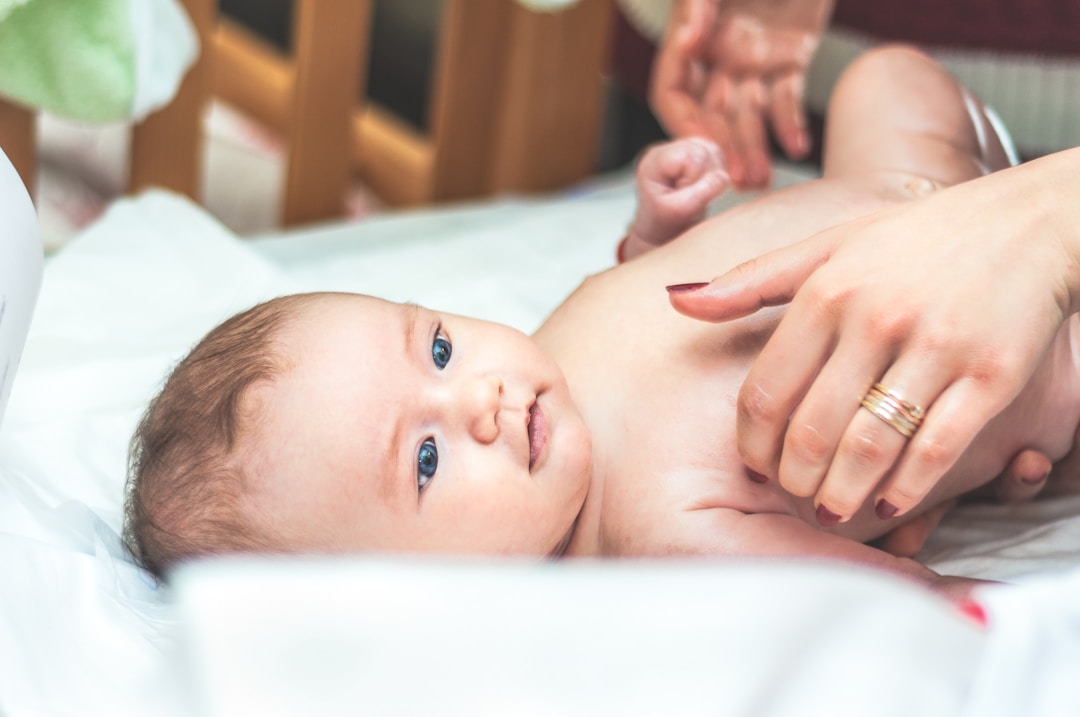How To Perform CPR on Babies and Young Children
CPR is a lifesaving skill that helps keep someone alive by manually pumping their heart and providing them with oxygen. When a person loses consciousness, their lungs and their heart stop functioning. It’s essential to keep blood and oxygen circulating in order to keep them alive. But what happens when a baby stops breathing? What if a young child suddenly collapses and loses consciousness? How can you appropriately perform CPR on someone much smaller and a lot more fragile? Here’s how you can learn how to perform CPR on babies and young children.
Learn how to identify an emergency situation and act quickly.

Picture this: You’ve just put your child down for a nap for the first time that day, and you’re ready to tackle the rest of your day. As a new mom, you’re glad to have a breast pump bra that’s free from underwire and allows you to complete other tasks while pumping. It’s a total game-changer for busy moms. You’re walking around your home in your hands-free pumping bra and suddenly notice that the baby monitor isn’t detecting any breathing motion. It’s every parent’s worst nightmare, and you need to know how to act quickly. Or maybe you’re at the park with your child and witness another child collapse at the playground. Are you ready to jump into action? And do you know what to do in case of a life-threatening emergency? Can you perform proper CPR techniques to save a baby or a younger child?
Take an online course on how to perform CPR.
When you take an online course for CPR certification, you’ll learn all about what causes sudden cardiac arrest and what to do when a child’s heart stops. It’s important to learn from these training materials and understand how the reasoning can differ from how adults experience cardiac arrest. A child’s heart usually stops due to a breathing emergency, which is why it’s important to give breaths along with chest compressions. For children, you typically perform CPR first, then call 911 after you’ve already given five sets of chest compressions and two long breaths. You can take a CPR course from the American Health Care Academy and get your certificate after learning the proper techniques.
Give gentle compressions.

To perform CPR for young children and infants, you’ll need to perform chest compressions at 100 to 120 compressions per minute. In adults, you will likely use two hands to push down the center of the chest. But with young children, you can typically just use one hand. You place the heel of your hand in the middle and pump. Infants are a lot smaller and more fragile. All you’ll need to perform compressions are two fingers in the middle of the chest. You can push down about one and a half inches into their chest at the same compression rate of 100 to 120 compressions per minute.
Open up their airway and give breaths.
Once you’ve performed the compressions, it’s important to open up their airway. Because a child’s heart typically stops due to a breathing emergency, you’ll need to administer breathing. Tilt their head slightly to open up the airway. For young children, you cover their nose and give breaths through the mouth. But with infants, you’ll want to deliver the breath by covering both the nose and mouth. Ensure that the infant’s mouth is closed so they can take in the breath and it doesn’t escape.
Regardless of whether you’re a parent or not, it’s important to learn proper CPR techniques. You can obtain certification online when you complete the course and learn all about how to perform CPR on adults, children, and infants.



